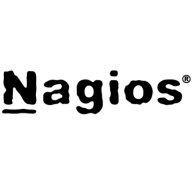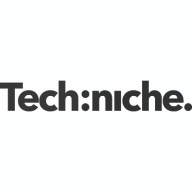

Statseeker and Nagios Core are network monitoring solutions. Statseeker stands out for its user-friendly interface and advanced reporting, while Nagios Core's open-source framework and customization provide greater value for users prioritizing flexibility.
Features: Statseeker offers real-time data analytics, efficient network monitoring driven by advanced alerting systems, and rapid scalability. Nagios Core provides extensive plugin support, flexibility in diverse network environments, and adaptability through customizable features.
Room for Improvement: Statseeker's premium pricing could be a barrier for smaller enterprises, its integration with non-standard systems may need enhancement, and the user interface might require updates for modernization. Nagios Core may require ease of use improvements and streamlined deployments for less technical users, and an enhanced default interface.
Ease of Deployment and Customer Service: Statseeker offers a streamlined deployment process with comprehensive customer support and dedicated resources for integration. Nagios Core, although less intuitive, benefits from a community-driven support system with extensive documentation suitable for technically skilled teams.
Pricing and ROI: Statseeker involves higher initial costs, justified by its tailored solutions and ROI in expansive networks. Nagios Core, being open-source, minimizes upfront costs despite potential investments in custom development.
| Product | Market Share (%) |
|---|---|
| Nagios Core | 2.5% |
| Statseeker | 0.3% |
| Other | 97.2% |

| Company Size | Count |
|---|---|
| Small Business | 20 |
| Midsize Enterprise | 11 |
| Large Enterprise | 22 |
| Company Size | Count |
|---|---|
| Small Business | 2 |
| Midsize Enterprise | 6 |
| Large Enterprise | 34 |
This is IT infrastructure monitoring's industry-standard, open-source core. Free without professional support services.
We monitor all Network Monitoring Software reviews to prevent fraudulent reviews and keep review quality high. We do not post reviews by company employees or direct competitors. We validate each review for authenticity via cross-reference with LinkedIn, and personal follow-up with the reviewer when necessary.